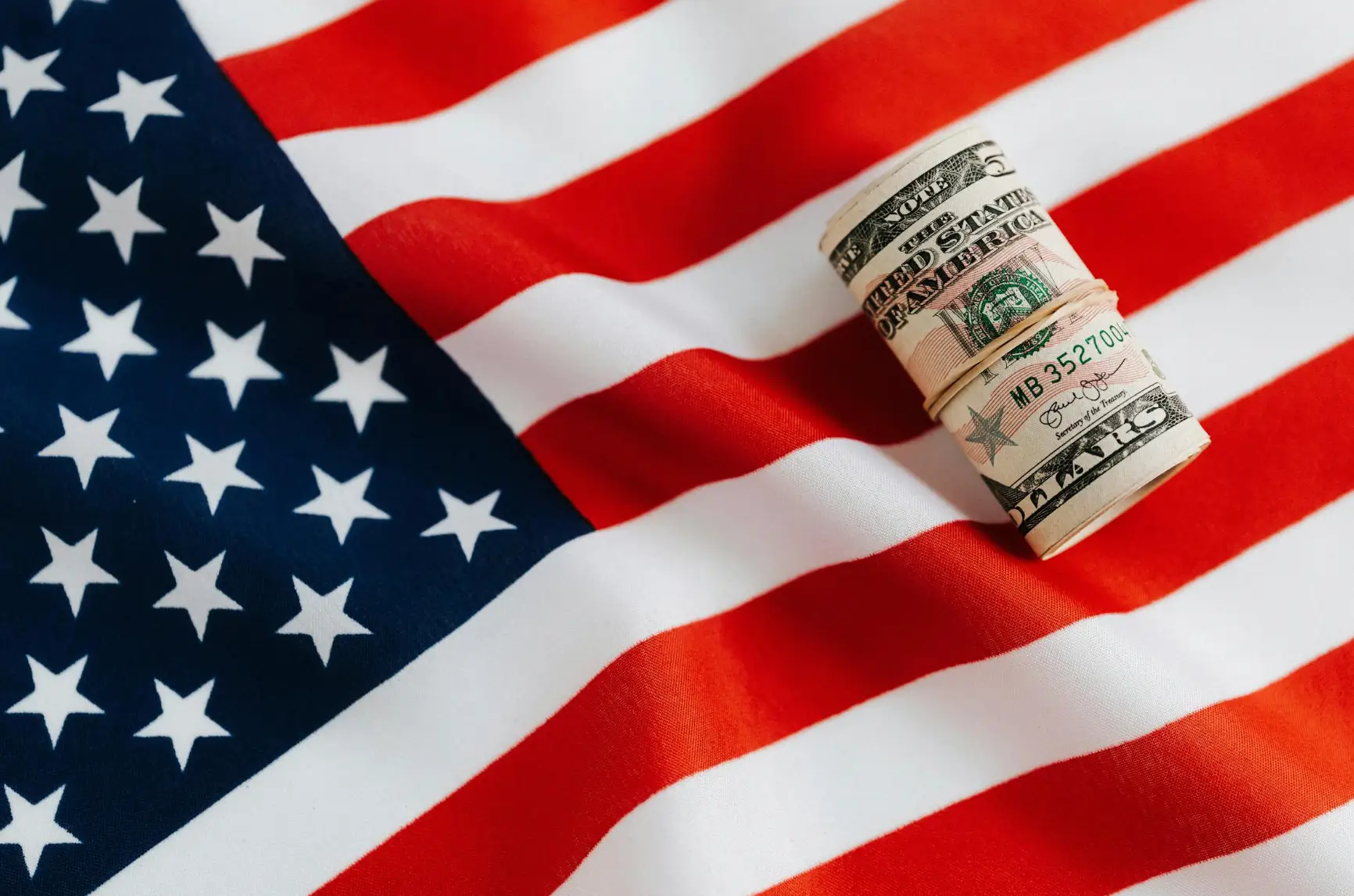U.S. Senate’s Approval of Funding Bill Creates Tension Among Democrats
16.03.2025 15:00 2 min. read Alexander Stefanov
The US Senate has made a pivotal move toward averting a government shutdown by passing a Republican-backed spending bill.
However, this decision has sparked a major rift within the Democratic Party, especially regarding President Donald Trump’s efforts to increase executive power.
The Senate passed the bill with a 62-38 vote, putting congressional Democrats in a difficult position as they lose what they viewed as crucial leverage to limit Trump’s and Elon Musk’s cost-cutting initiatives. These include reducing the federal workforce and dismantling entire government agencies. With limited legislative options remaining, critics are now expected to focus on challenging these actions through the courts.
Senate Majority Leader Chuck Schumer played a decisive role in the outcome. With a shutdown looming, Schumer announced that he would drop his party’s opposition to the spending package, prioritizing the continuation of government services over political conflict.
This shift is seen as a victory for Trump and House Speaker Mike Johnson, clearing the path for the bill’s final approval. The package guarantees that Musk’s newly created Office of Government Efficiency retains power to make large budget cuts while also ensuring government funding through the fiscal year’s end on September 30.
This political stalemate has come at a time of significant turmoil in the financial markets. Trump’s tariff policies have triggered widespread investor anxiety, with the S&P 500 experiencing a correction, losing more than 10% in just three weeks. However, news of the Senate’s progress on the spending bill led to a 2% market rebound on Friday.
In a rare show of cross-party support, nine Democrats and one independent joined nearly all Republicans to pass the bill, surpassing the critical 60-vote threshold.
-
1
U.S. PCE Inflation Rises for First Time Since February, Fed Rate Cut Likely Delayed
27.06.2025 18:00 1 min. read -
2
Key U.S. Economic Events to Watch Next Week
06.07.2025 19:00 2 min. read -
3
Gold Beats U.S. Stock Market Over 25 Years, Even With Dividends Included
13.07.2025 15:00 1 min. read -
4
U.S. Announces Sweeping New Tariffs on 30+ Countries
12.07.2025 16:30 2 min. read -
5
US Inflation Heats Up in June, Fueling Uncertainty Around Fed Cuts
15.07.2025 16:15 2 min. read
US Inflation Heats Up in June, Fueling Uncertainty Around Fed Cuts
U.S. inflation accelerated in June, dealing a potential setback to expectations of imminent Federal Reserve rate cuts.
Gold Beats U.S. Stock Market Over 25 Years, Even With Dividends Included
In a surprising long-term performance shift, gold has officially outpaced the U.S. stock market over the past 25 years—dividends included.
U.S. Announces Sweeping New Tariffs on 30+ Countries
The United States has rolled out a broad set of new import tariffs this week, targeting over 30 countries and economic blocs in a sharp escalation of its trade protection measures, according to list from WatcherGuru.
Key U.S. Economic Events to Watch Next Week
After a week of record-setting gains in U.S. markets, investors are shifting focus to a quieter yet crucial stretch of macroeconomic developments.
-
1
U.S. PCE Inflation Rises for First Time Since February, Fed Rate Cut Likely Delayed
27.06.2025 18:00 1 min. read -
2
Key U.S. Economic Events to Watch Next Week
06.07.2025 19:00 2 min. read -
3
Gold Beats U.S. Stock Market Over 25 Years, Even With Dividends Included
13.07.2025 15:00 1 min. read -
4
U.S. Announces Sweeping New Tariffs on 30+ Countries
12.07.2025 16:30 2 min. read -
5
US Inflation Heats Up in June, Fueling Uncertainty Around Fed Cuts
15.07.2025 16:15 2 min. read


